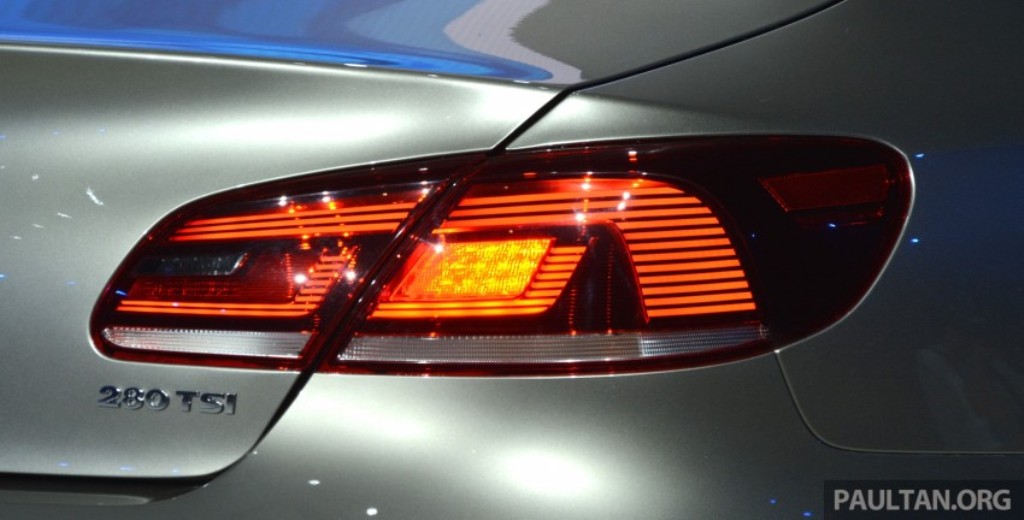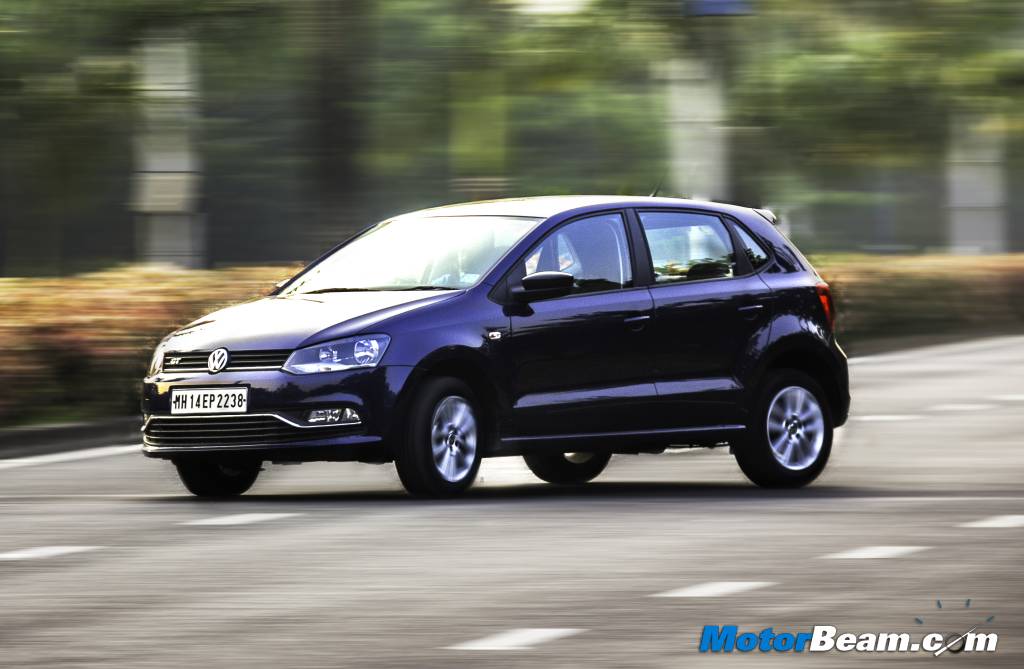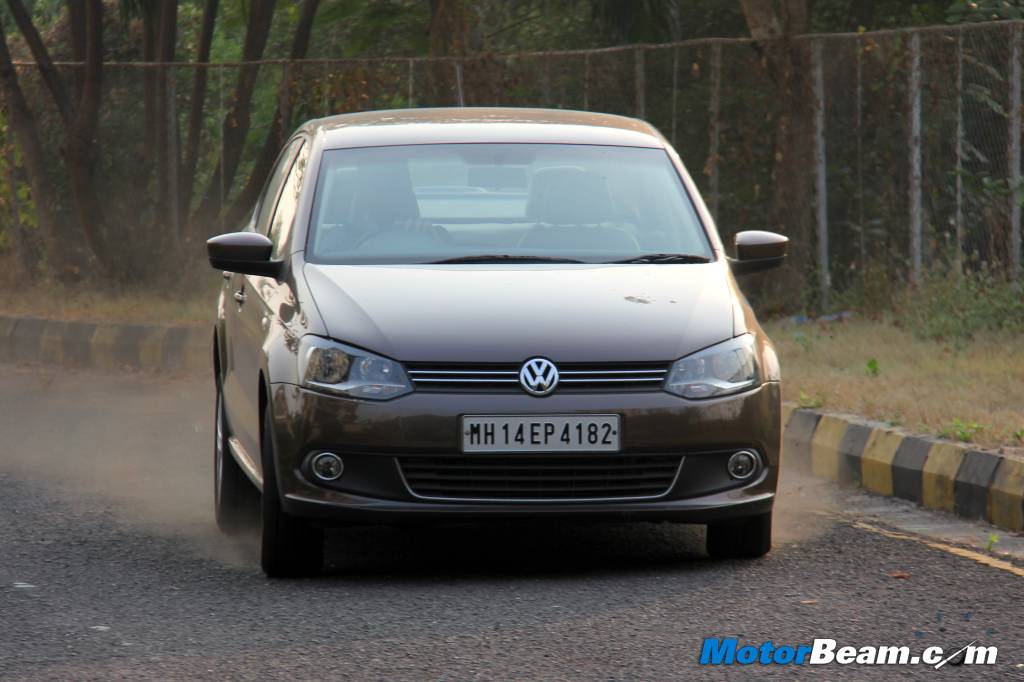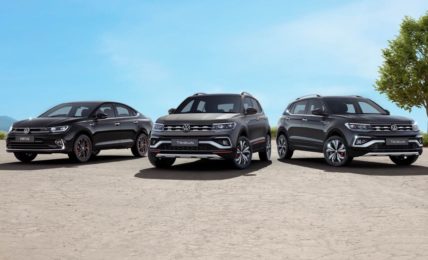Volkswagen wants to differentiate models more effectively and will badge models as per their torque output in Asian markets. Most German manufacturers have been changing their naming philosophy of late.

With increasing models, powertrain sharing and overlapping technologies, it is getting difficult even for car makers to classify its products and variants more distinctively. After Audi and more recently Mercedes-Benz announced new naming systems for their vehicles this year, Volkswagen has too confirmed that its plans to adopt torque based nomenclature for Asian markets to create a better differentiation across variants.
But why torque you ask? Well, Volkswagen states that in addition to horsepower, torque is a crucial factor that tells about a car’s performance. High torque offers better acceleration, performance, driveability as well as a more convenient driving experience and hence it would highlight the capabilities of its TSI family of engines more effectively.
Case in point, the India-made Volkswagen Polo comes with two engine options namely the 1.6-litre MPI petrol (discontinued in India) and the 1.2-litre TSI petrol that produce an identical 105 PS of power. However, in terms of torque, the 1.2-litre TSI is the more powerful engine producing 175 Nm, while the 1.6-litre mill churns out 153 Nm. Therefore as per the new naming system, the 1.2-litre Polo will be badged as ‘175 TSI’ and the 1.6-litre version will be badged as ‘153 MPI’.
Volkswagen plans to implement the new naming system first in Malaysia before extending the same to other Asian markets including India and China. For the Malaysian market though, the first models to adopt the new naming system will be the Passat CC (to be badged as CC 280 TSI). The German automaker has not mentioned the timeline to implement the new nomenclature.

Source – Paultan.org



